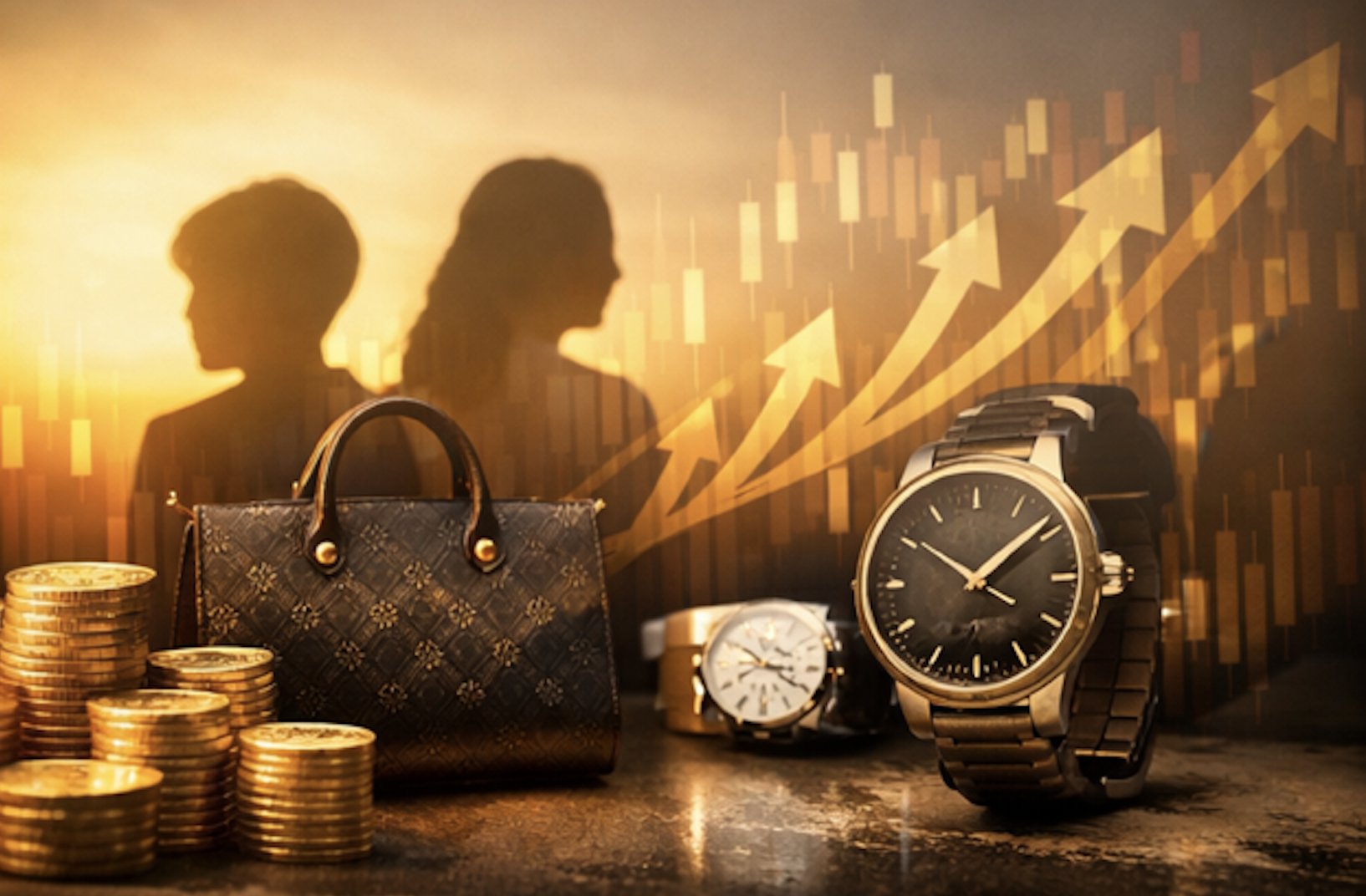Madelaine Ollivier, Senior Luxury Analyst at Wealth-X, takes a closer look at why luxury watches remain popular with the world’s wealthy, and identifies emerging spending trends on the rise amongst the affluent.

Madelaine Ollivier, Senior Luxury Analyst at Wealth-X, takes a closer look at why luxury watches remain popular with the world’s wealthy, and identifies emerging spending trends on the rise amongst the affluent.
Madelaine Ollivier, Senior Luxury Analyst at Wealth-X, takes a closer look at why luxury watches remain popular with the world’s wealthy, and identifies emerging spending trends on the rise amongst the affluent.
The upcoming watch auctions held in Geneva in May will showcase a variety of unique pre-owned watches. Pieces such as the 1817 Breguet pocket watch formerly owned by Charles-Louis Havas, founder of Agence France-Presse (expected to reach between CHF600,000 and 1,2 million) and a Breitling Duograph presented to Jack Brabham for winning the 1960 Formula One championship (estimated CHF 30,000-60,000) are just two examples of watches with storied pasts that will, in today’s economic and political period of instability, provide assurance to buyers that the value of their investments will continue to appreciate.
The fact that upcoming Swiss watch auctions will focus on pieces with a storied past, however, is no coincidence – and points to a larger shift in the mindset of the world’s wealthy as value, legacy and longevity become ever more important in the purchasing decisions of the affluent when looking at luxury products.
“ Wealth-X expect to see 5% year on year growth in the total number of individuals with more than $30 million in net assets ”
Spending Priorities Among The World’s Wealthy Are Shifting
Being able to see and comprehend the value of a luxury product through the quality of the materials used, level of craftsmanship and pricing transparency is becoming increasingly important for today’s wealthy population.
Although Wealth-X expect to see 5% year on year growth in the total number of individuals with more than $30 million in net assets (ultra-high net worth individuals/UHNWIs) until 2020, it is a slower rate of growth than we have been previously experiencing. Events over the last 12 months such as the significant stock market fluctuations in markets such as China, the European migrant crisis and the fall in oil prices have created an environment of macro-economic insecurity.
Brexit and the upcoming US presidential elections are compounding these feelings of uncertainty. As a society, we’re unsure what the impact will be of these two pending events on two of the world’s most developed wealth markets and the global reverberations they will have.
“ The increasing desire for brands that provide positive social & environmental impact are affecting spending patterns ”
Whilst spending will continue to take place at the high end of the luxury market across all categories including hard luxury, autos and travel, the rapid rise of technology, advancements in instant communications and the increasing desire for brands that provide positive social and environmental impact are affecting spending patterns and priorities.
Value Needs To Be Assured
This shift in spending priorities aligned with assuring value is found in purchases and that when tangible products are acquired, they will either appreciate in value or be so unique and memorable such as some of the timepieces to be auctioned this May, they will merit their high-price tags.
Similarly the desire for “money can’t buy experiences” such as owning a watch that was once owned by a historical figure or sporting hero, will continue to be sought after – creating a continual challenge for luxury service providers.
For more exclusive Baselworld-related coverage, follow Luxury Society‘s exclusive ’Baselworld 2016 Inside/Out’ series via: #LSBaselworld
To further investigate the watches and jewellery sector on Luxury Society, we invite you to explore the related materials as follows:_
– Insight: What Do Millennials Want From Luxury Watches & Jewellery?
– Switzerland: Land Of Luxury Or Sinking Ship?
– Top 10 Watch & Jewellery Brands 2015: Instagram










